Phonograms Made Easy
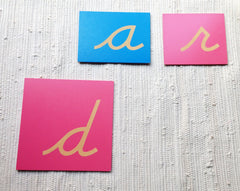 So, you've done tons of sound games and you're starting into the sandpaper letters with one of your 3-year-olds. It's your first lesson so you choose two pink letters and one blue letter all with letters that are really visually and phonetically distinct (like s, m, and i). You get to the second period and the child is interested. You end the lesson while he feels successful and excited and free him to repeat the work. Well done!
So, you've done tons of sound games and you're starting into the sandpaper letters with one of your 3-year-olds. It's your first lesson so you choose two pink letters and one blue letter all with letters that are really visually and phonetically distinct (like s, m, and i). You get to the second period and the child is interested. You end the lesson while he feels successful and excited and free him to repeat the work. Well done!
Now, it's a day or two later. You're ready to give him another lesson. But this time, and forever after, you choose one pink letter (preferably one that you already showed him), one blue letter, and ONE GREEN sandpaper letter.
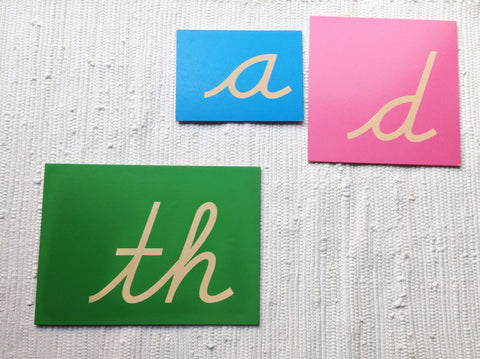 Yes, that's right, ladies and gentlemen! You can and should introduce phonograms right away when you teach any letter sound! Why? Because to the child, a phonogram is just another symbol associated with a sound. The developing brain does not see it as two things put together; a phonogram is just one new thing. It's us grown-ups that get all caught up in the "see how you take two sounds and put them together to make a new sound" thing. That is such an adult-mind thing to do! Don't fall into that let's-make-everything-wicked-complicated adult-brain trap. The child's mind is different from ours, that's why they can learn this effortlessly (assuming they can hear the sounds in our language, hence the prerequisite for sound game experience).
Yes, that's right, ladies and gentlemen! You can and should introduce phonograms right away when you teach any letter sound! Why? Because to the child, a phonogram is just another symbol associated with a sound. The developing brain does not see it as two things put together; a phonogram is just one new thing. It's us grown-ups that get all caught up in the "see how you take two sounds and put them together to make a new sound" thing. That is such an adult-mind thing to do! Don't fall into that let's-make-everything-wicked-complicated adult-brain trap. The child's mind is different from ours, that's why they can learn this effortlessly (assuming they can hear the sounds in our language, hence the prerequisite for sound game experience).
I know that this may not be the way you were trained and we all trust and adore our trainers, right? As we should! However, in this one particular area, I suggest you rely on the teachings of two other amazing Montessori teacher trainers: Muriel Dwyer and Lynn Lawrence.
Muriel Dwyer's book, A Path to the Exploration of Any Language, revolutionized the Montessori approach to teaching British English. She was the first native English-speaking Montessorian to not only figure out how to apply Montessori's pedagogy to our convoluted English language but also to test that approach and then publish it for the benefit of us all. So, if you do nothing else, read her very short and concise book.
If you're still wanting more, check out Lynn Lawrence's Montessori Read and Write. Among her many incredible contributions to the Montessori movement to date, Ms. Lawrence was the director of Montessori teacher training in London for many years. So she took Ms. Dwyer's strong foundation and built another level on it.
What you'll read in those books is how children move from recognizing the individual sounds in their language to associating a symbol with each of those sounds to linking those symbols together to build words to decoding linked-letters into words. Or, in plain English, how children learn to read.
So let's go back to your 3-year-old student. Many months have gone by (he may be four by now) and he has practiced with most of the pink, blue, and green sandpaper letters. He's also done an extraordinary amount of practical life work (to prepare his logical mind) and spoken language lessons (to teach him how to express thoughts). He's also played lots of sounds games and you sometimes hear him repeating sounds/words/rhymes as he goes about his business. So what comes next?
Once your child knows the sounds of most of the pink, blue, AND green sandpaper letters and can hear the beginning, middle, and ending sounds in words, it's time to introduce the movable alphabet. But, once again, you don't want to use just the pink and blue letters. You can include a phonogram alphabet right alongside the traditional movable alphabet.
Why do we need both? First of all, you can't write all the words in English unless you have most of the single letters AND all of the 15 key sounds of English. Yes, it is true that some children can build the phonograms on their own from the single alphabet letters. It is also true that many children can't. Keep in mind that whenever we introduce a new material/give a new presentation, we are trying to add just enough challenge to keep the work interesting but not so much that we make it frustrating. For many children, finding the sounds they need from among all the options in the alphabet box is a very big challenge. If we also ask them to find the two individual letters they need to "write" a phonogram, we might just frustrate the pants off 'em! It's just one too many steps. Their expression gets interrupted. They can't independently find what they need and they end up coming over to you to ask for help or just putting the alphabet away or [gasp] leaving the alphabet in disarray and just walking away.
Remember that the ultimate point of the alphabets is to enable children to express themselves in writing long before their hand can control a pencil. But if we give them the traditional alphabet before they know all of the sounds (including the key sounds) those letters make, they can't be free to write what they want. So, what ends up happening? 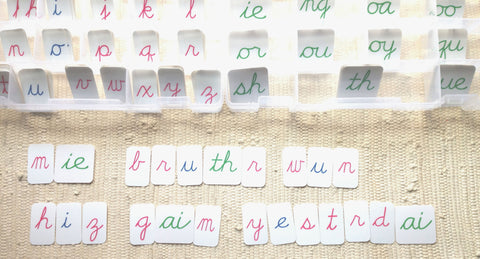 We limit them to writing the names of carefully pre-selected, pictures or objects. Then, alphabet work turns into a chore instead of a joy.
We limit them to writing the names of carefully pre-selected, pictures or objects. Then, alphabet work turns into a chore instead of a joy.
So I'm not really talking materials here. I'm talking about vigilantly protecting the child's developing spirit. We want him to know that he CAN write what HE is inspired to write. We want him to delight in creating stories or notes or lists of HIS favorite things. How can that happen if he doesn't know the phonograms (aka, he wasn't taught the green sandpaper letters) and isn't given the phonograms as alphabet "letters" from which to choose?
So, don't believe me. Try this for yourself and see what happens. Then, add a comment below so we can all benefit from your experience. You can also read our blog post about Independence with the Movable Alphabet for more ideas on inspiring killer language work.






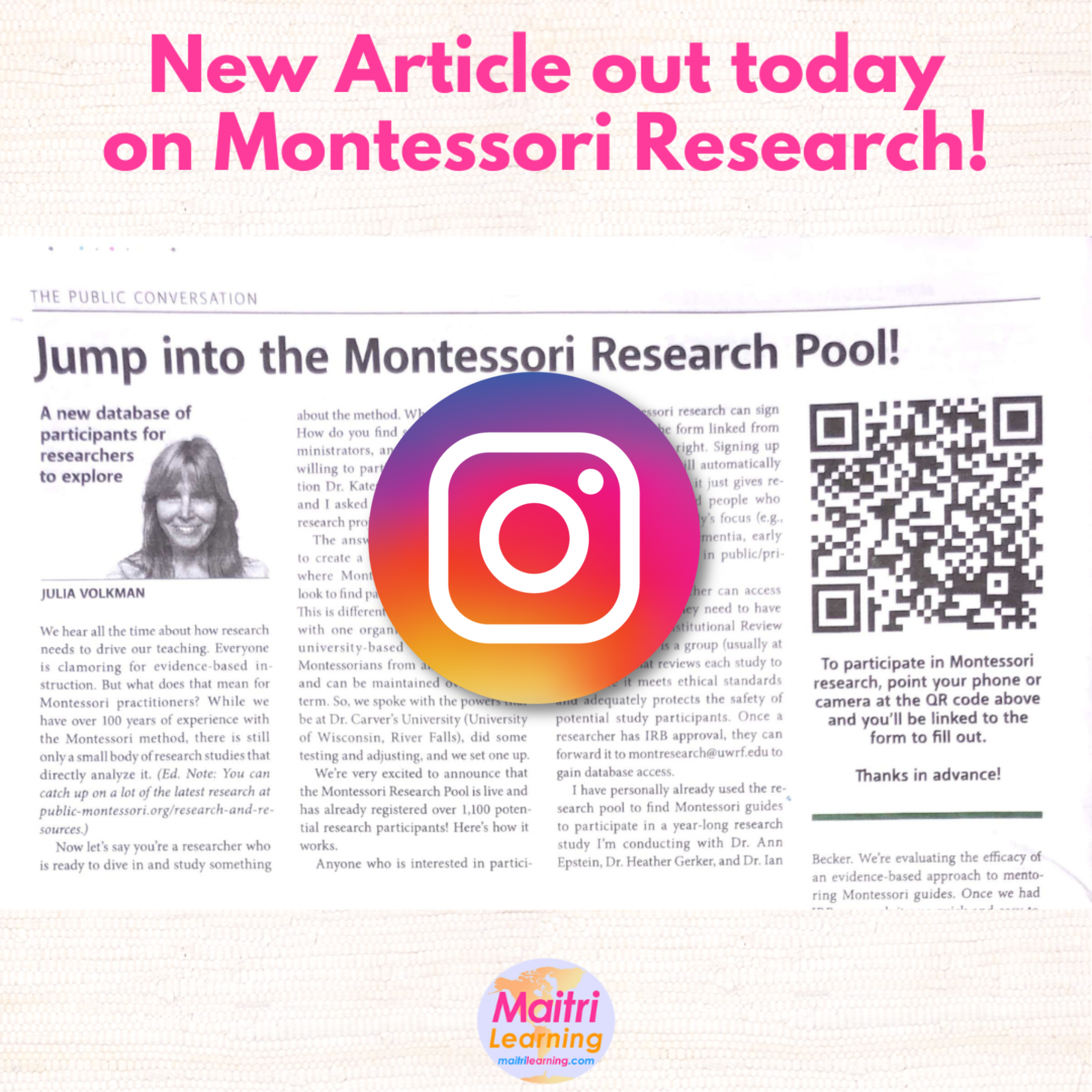

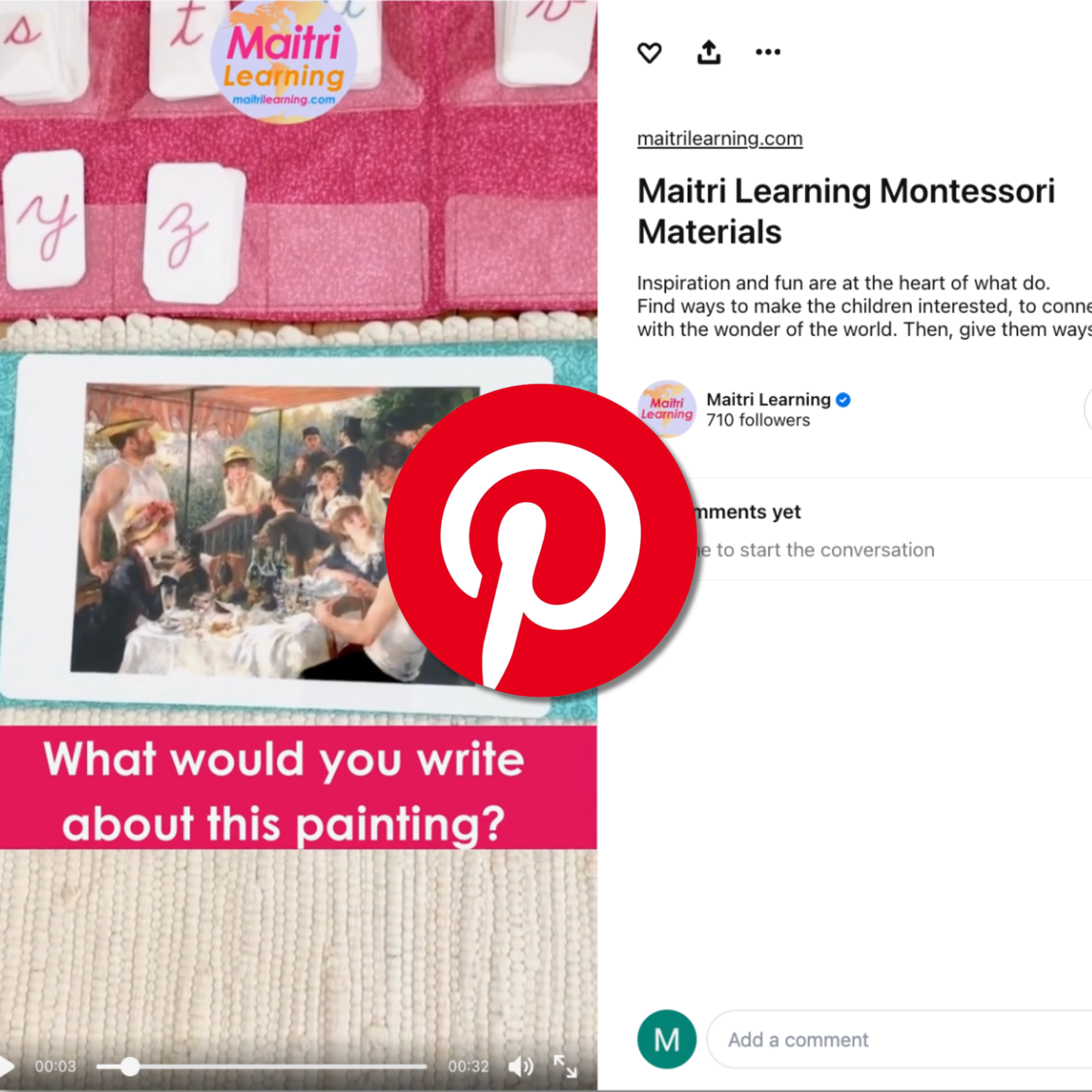
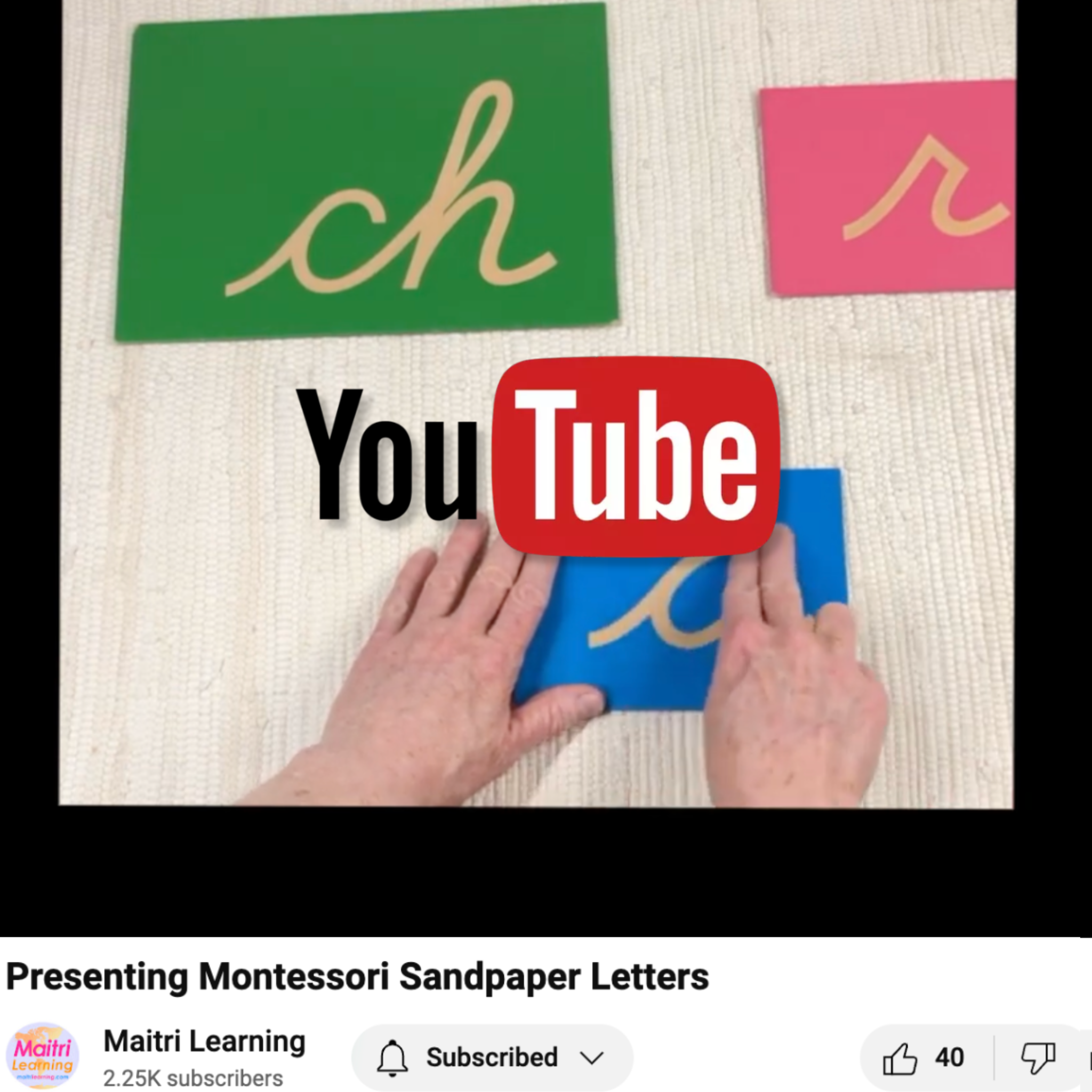
9 comments
This is a wonderful explanation! My training was AMS accredited and it is essentially the training I received in this area, but none of my teachers have had any training on the double sandpaper letters. Does anyone have a nice sequence of single and double letters that they have used? In my training we were told not to introduce a double letter set that included single letters that had not been introduced to the child. Thank you!
Michelle Nauenberg
Michelle Nauenberg
@Corinne: I’m glad you like the article! You are absolutely right to focus on vocabulary enrichment and sound games as the foundation for all other language work. But you can start in on sound games as soon as the child knows the names of the objects you will play with. Since they absorb vocabulary so quickly at that age, you may be able to start you sound games a bit sooner than you do now. This could help jump start the process a bit.
All sound game work that you do in German will also support the English work. The point is to help them hear all the sounds (beginning, middle, and end) in words of any language.
Good luck with your work!
Julia Volkman
This article is great!
My comment is about teaching English in a foreign country. I work in a school where German is the dominate language of many of the children.
Here is a situation:
The new 3 year old child in a classroom has zero English. S/he requires months of vocabulary enrichment before we can move to sound games. The whole process for learning to speak, write and read is generally very delayed, when compared to teaching English to a child with English as their mother tongue.
Any thoughts?
Corinne
@Jessica: You are correct. Nienhuis also includes the au and wh in their set but those are not distinct sounds in American English so they are not included in our set.
You are right again that the terms phonogram/digraph are often used interchangeably nowadays. I’ll have to do a separate blog post on how we arrived at the key sounds we use…it was a fascinating research journey! Some people identify other phonograms but they are mostly regional, based on local accents. In New York, for example, the work dog is not actually phonetic.
But yes, the point is to give the children a starting place…enough to work with so they feel confident that they can master this incredibly complex language of ours. Then, we sit back and watch them soar :)
Julia Volkman
@Beth: I expected you had a training some time ago. That’s when this alphabet was first introduced but then it fell to the wayside and no one remembers why.
Julia Volkman
I received my A M S certification from Fairleigh Dickinson and my Masters in Montessori from Xavier. 1969. I am retired.
Beth Bronsil
@Beth: I’m so happy to hear that the phonogram alphabet was in your training! Which training did you have?
Julia Volkman
This is so clear and makes a lot of sense! However, I have one correction, I think there are 16 green sandpaper letters in the Nienhus set….not 15… And they are usually called ‘digraphs’ not ‘phonograms’…my husband and I had a long converation after I did a refresher course on the difference between ‘phonogram’ and ‘digraph’… ;-). There are many more digraphs/phonograms in the english language than the basic 16, but they were chosen because it was decided they are the most useful to give the best success for the child at the beginning… So adding the single sounds (26) plus I think it must be 16 in the double set… Gives 42 basic phonetic sounds to learn, both orally/aurally and then to write and read.
Jessica
This is what I learned when I took the training. I do not see the phonogram
alphabet in many classrooms.
Beth Bronsil
Leave a comment
This site is protected by hCaptcha and the hCaptcha Privacy Policy and Terms of Service apply.